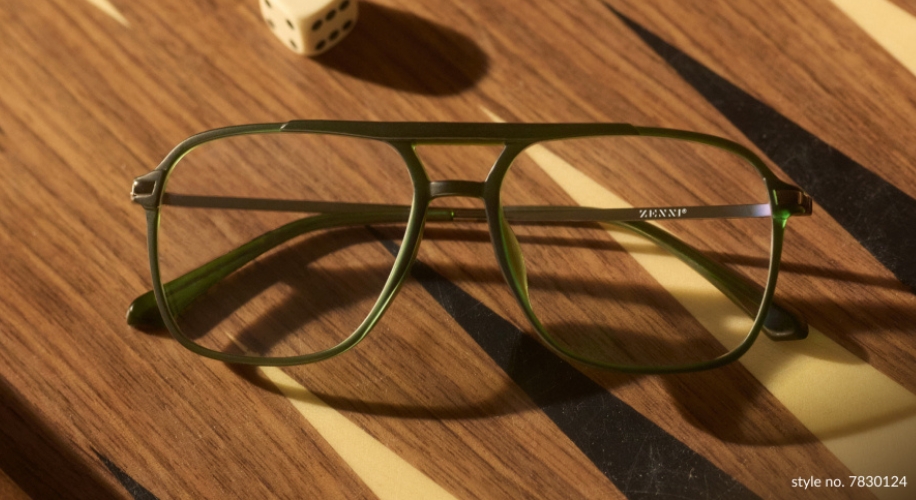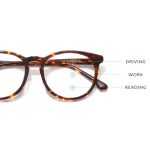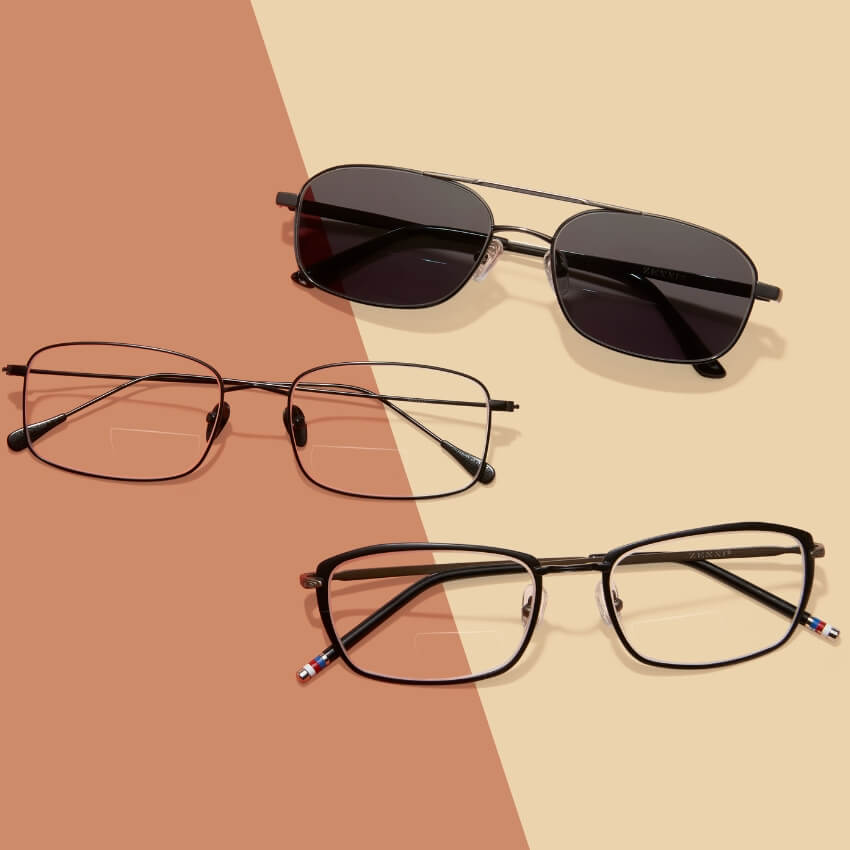Embracing the Change: Adjusting to Progressive Lenses
- BY Dr. Steven Liem
- IN Lenses

When it comes to comprehensive vision solutions, progressive lenses are a top choice. These multifaceted lenses offer seamless transitions between different visual zones, providing clear vision at all distances. However, for some, adjusting to progressive lenses can be a bit of a process, especially if you’re switching from single vision or bifocal lenses. This article will provide useful tips on adjusting to progressive lenses and highlight the significant benefits they offer.
Understanding Progressive Lenses
Progressive lenses, often referred to as no-line bifocals or multifocal lenses, are designed to cater to different vision needs within a single lens. Unlike traditional bifocals or trifocals that have visible lines separating the different vision zones, progressive lenses offer a smooth transition. This seamless design allows you to easily switch your focus from distant objects to intermediate or near tasks, like reading or using a computer, without any abrupt change in clarity.
Why Choose Progressive Lenses?
Shop These Zenni Frames
- Versatile Vision Correction: Progressive lenses correct presbyopia, a condition that affects most people over the age of 40, making it difficult to focus on close-up tasks. These lenses offer clear vision at all distances—far, intermediate, and near.
- Seamless Transition: Progressive lenses provide a smooth transition between different vision zones, without the distracting lines found in bifocal or trifocal lenses. This allows for a more natural viewing experience.
- Aesthetically Pleasing: Since progressive lenses don’t have visible lines, they look just like single vision lenses, offering a more youthful and stylish appearance.
Adjusting to Progressive Lenses
While progressive lenses offer numerous benefits, adjusting to them may take some time, especially if you’re new to this type of eyewear. Here are some tips to help you get used to your new lenses:
Tips for a Smooth Transition
- Wear Your Glasses Consistently: Consistency is key when adjusting to progressive lenses. Wear your glasses as much as possible to help your eyes adapt to the new way of seeing.
- Move Your Head, Not Your Eyes: Instead of moving your eyes to see different distances, tilt or turn your head. This allows you to utilize the correct portion of the lens for the task at hand.
- Ensure Correct Fit: Ensuring your glasses fit correctly is crucial for maximum comfort and clarity. If your glasses are constantly slipping down your nose or don’t fit snugly behind your ears, it can affect your visual experience.
Shop These Zenni Frames
Remember, adjusting to progressive lenses is a process and everyone adapts at their own pace. If you’re still having trouble adjusting after a few weeks, it’s a good idea to consult your eye care provider.
Choosing the Right Frames for Progressive Lenses
Frame selection can significantly impact your experience with progressive lenses. Larger, deeper frames are often recommended as they provide ample room for the lens’ different viewing zones. Frames that are too shallow might constrain the lens area, making it harder to utilize the full range of vision correction that progressive lenses offer. Check out our variety of frames to find a style that suits you and can accommodate progressive lenses effectively.
Embracing progressive lenses can enhance your visual experience, providing a versatile and stylish solution for vision correction. With a little patience in the adjustment period and the right choice of frames, you can enjoy crisp, clear vision at all distances.







